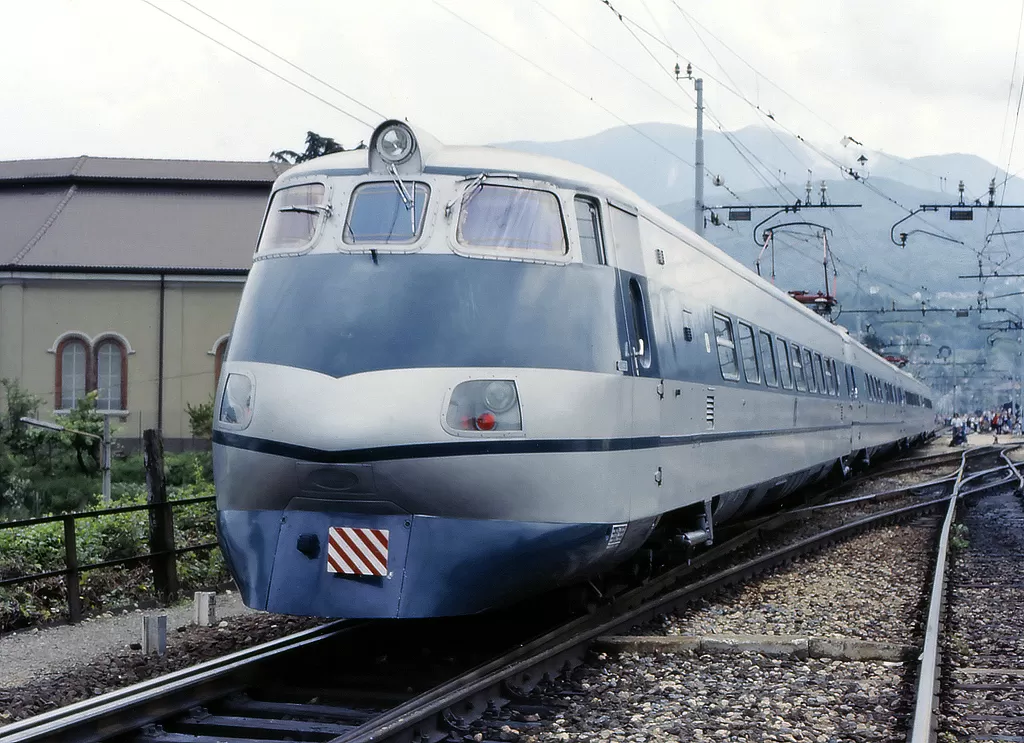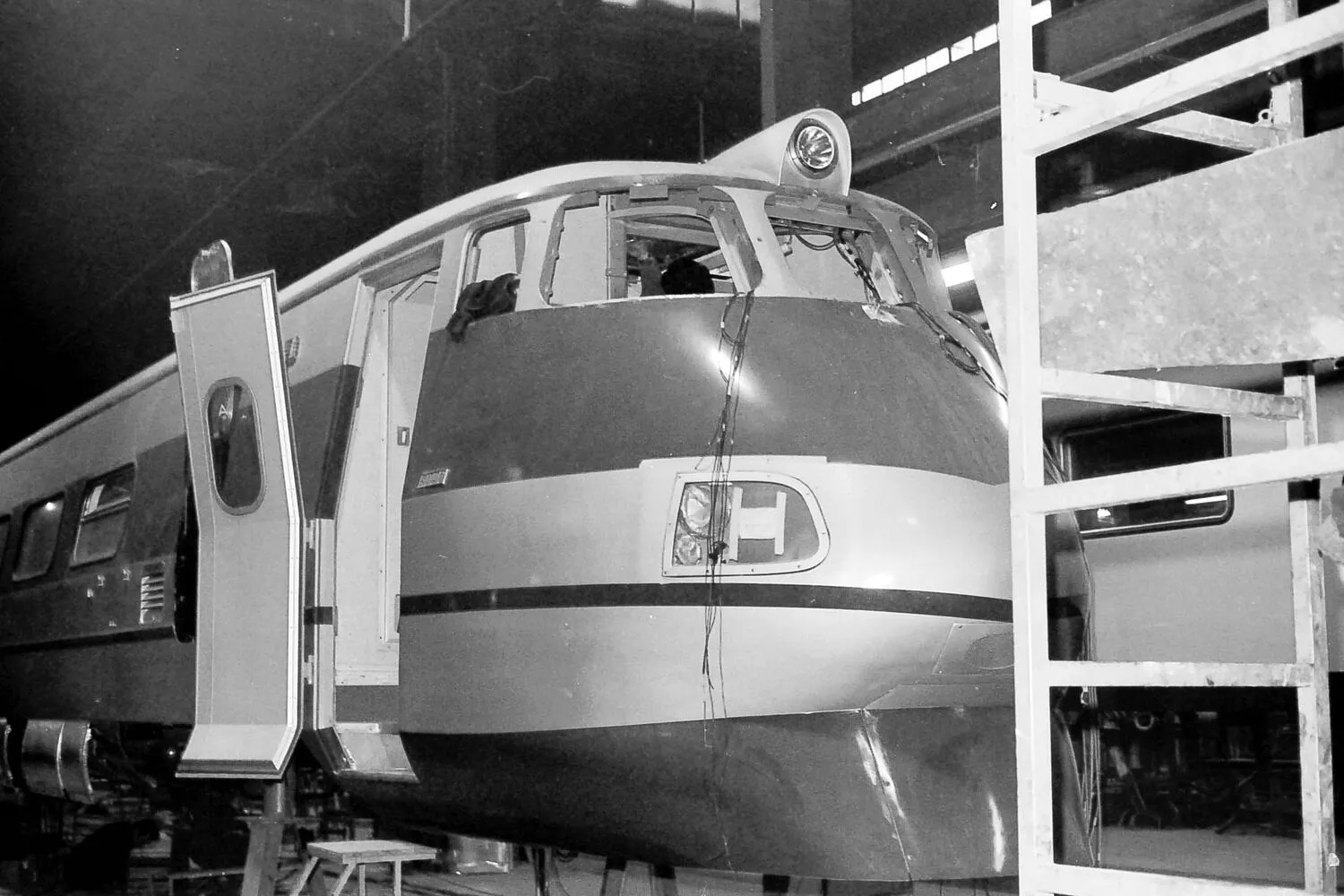
Source: maurizio messa

Source: commons.wikimedia.org
Also known as:
Vehicle type:
Registration country:
Railway companies:
*entire unit
26'900 mm*
*BA head element
24'700 mm*
*BB & BC intermediate elements
*entire unit
1967
However, due to the economic crisis and political uncertainties of the early 1970s, the project faced significant downsizing, ultimately resulting in the ETR.401 being a unique prototype, completed in 1976.
The ETR.401 was designed to enhance maximum operating speeds on existing winding railway lines without necessitating extensive infrastructure investments. Its active tilting mechanism allowed it to traverse curves at higher speeds safely, a feature inspired by various international efforts to improve train performance during the 1950s and 1960s. Following the decision made by the FS board on May 11, 1970, the development included creating the experimental automotrice Y 0160, which incorporated all the ETR.401's essential characteristics, enabling a systematic testing program that continued until 1975 alongside the train's construction.
Sources: https://it.wikipedia.org/wiki/Elettrotreno_FS_ETR.401
1975
The unit is composed of 4 elements:
2x head elements - BA;
1x intermediate 1st class coach - BB;
1x intermediate 1st class coach with an integrated bar and kitchen - BB.
Thus, these are coupled as follows: BA + BB + BC + BA.
Technologically, the ETR.401 was groundbreaking, featuring an active tilting system that allowed the train to lean into curves, enhancing speed and comfort. This mechanism utilized gyroscopes and accelerometers for precise control of tilt, improving stability compared to previous systems. The train utilized lightweight aluminum bodywork, reducing overall weight and improving performance. It also introduced innovative suspension systems, significantly enhancing ride comfort by minimizing vibrations. Furthermore, it employed advanced braking systems, including electromagnetic brake pads, ensuring efficient stopping distances.
Each traction unit is equipped with two traction motors, providing balanced power distribution, and the train features a composite structure of two permanently coupled traction units capable of independent operation when necessary.
NB: The head element of the first traction unit is initially designated as ETR Y 0160-000.
Sources: https://it.wikipedia.org/wiki/Elettrotreno_FS_ETR.401
1976
July 2
Sources: https://it.wikipedia.org/wiki/Elettrotreno_FS_ETR.401
1983
Sources: https://it.wikipedia.org/wiki/Elettrotreno_FS_ETR.401
1985
Sources: https://it.wikipedia.org/wiki/Elettrotreno_FS_ETR.401
1995
Sources: https://it.wikipedia.org/wiki/Elettrotreno_FS_ETR.401
2013
By December 28, 2021, all sections of the train were recovered and transferred for aesthetic and functional restoration, aiming to return it to operational status as a historical vehicle.
Sources: https://it.wikipedia.org/wiki/Elettrotreno_FS_ETR.401
Do you have additional informations regarding this vehicle?
Help us writing the history of ETR.401! Your knowledge is precious for us and the entire community, do not hesitate to share your facts, photos or videos:
Latest update on the 18th of January 2025 at 15:14
Contributor(s): Tudor C.
Discussion forum















